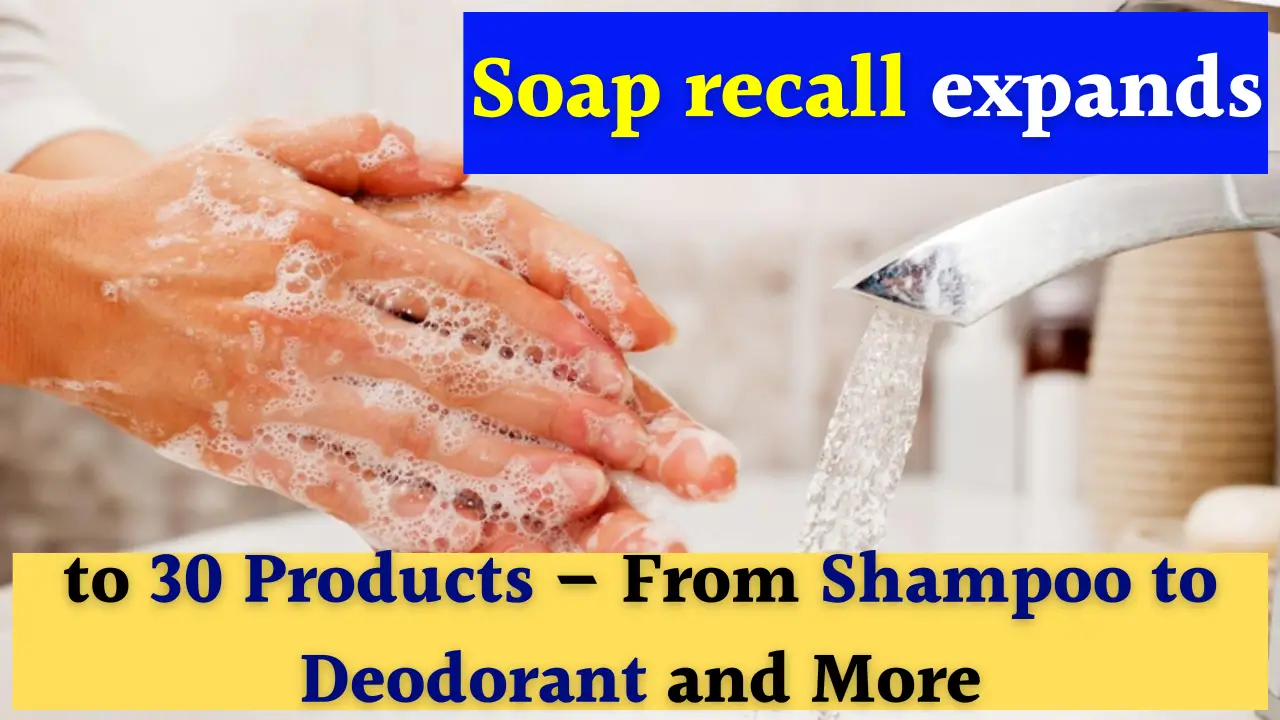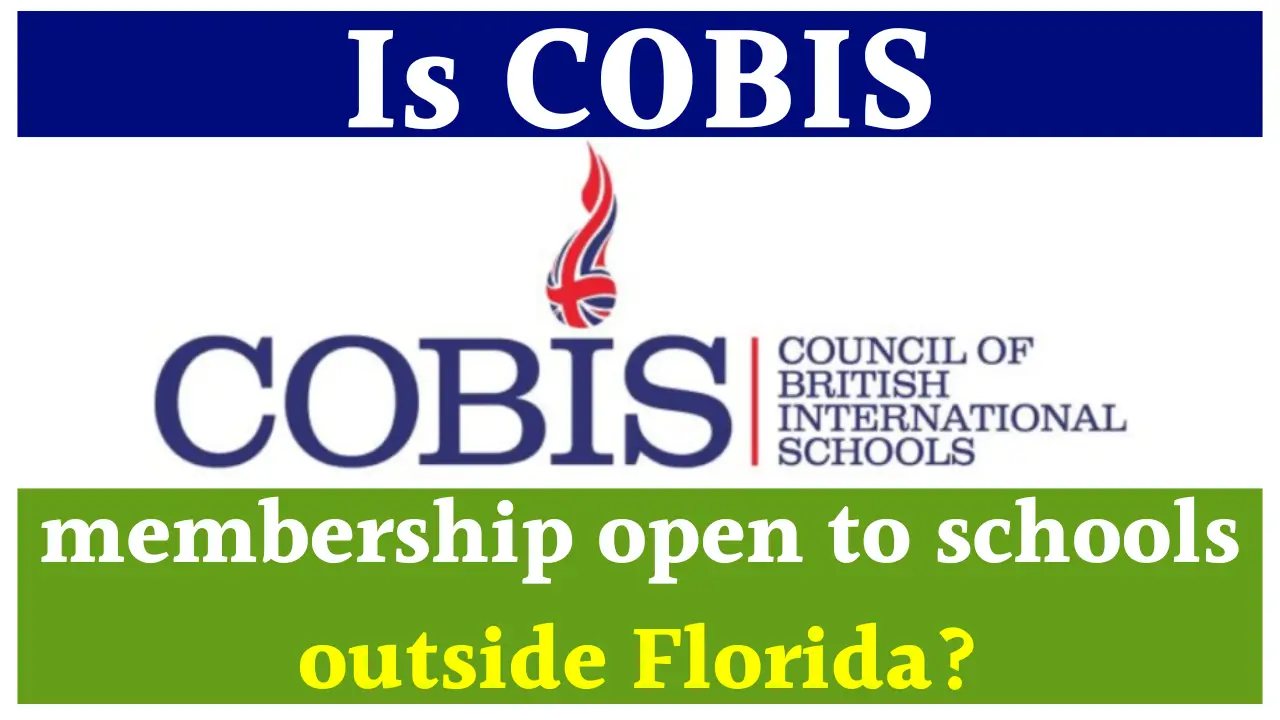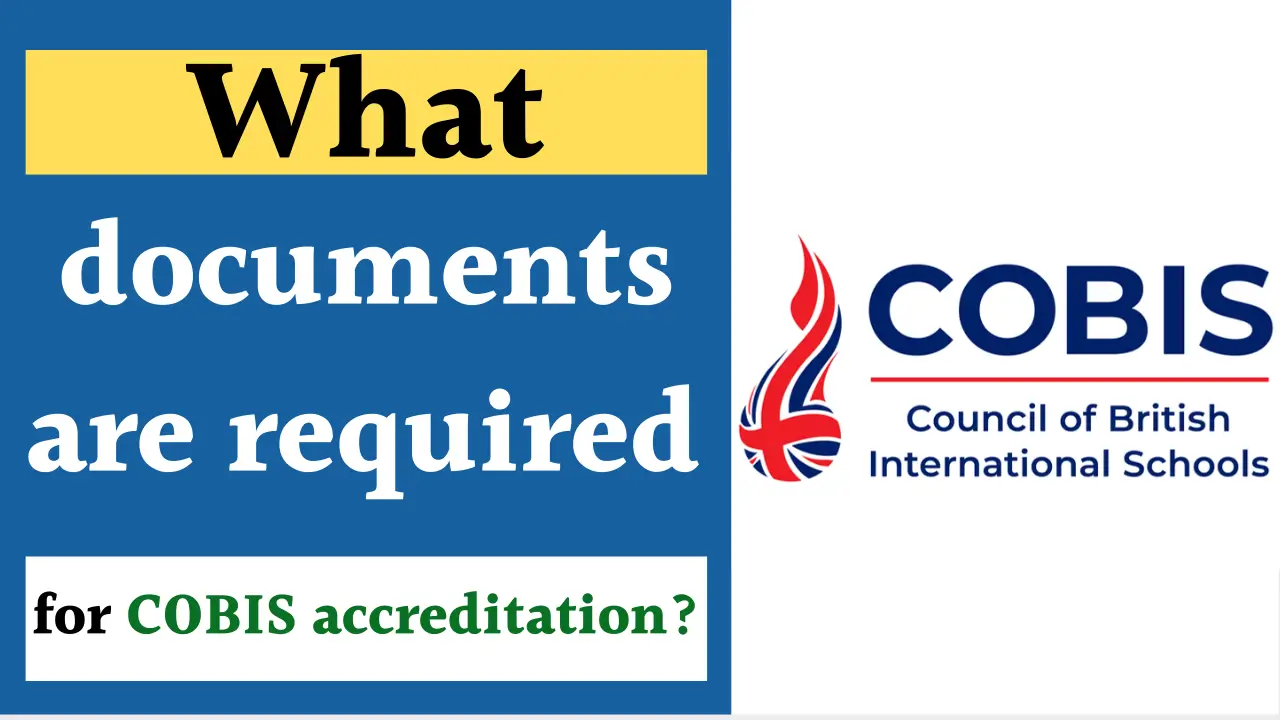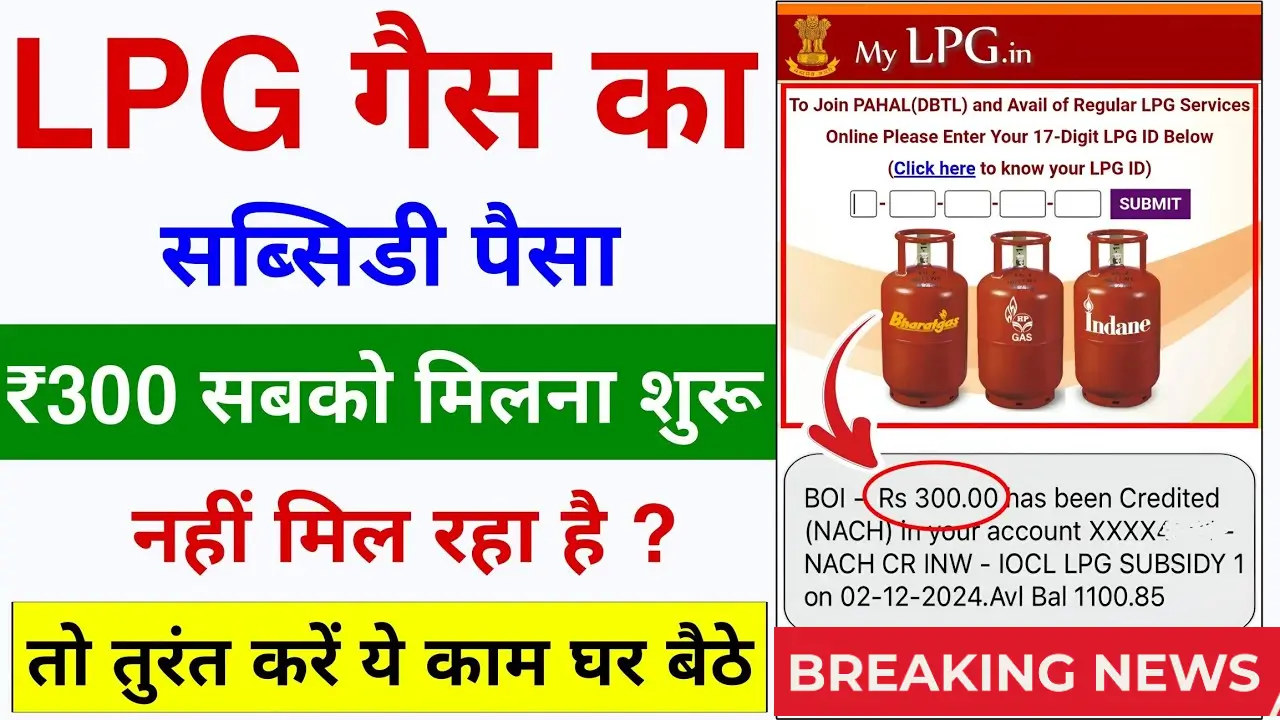The nationwide soap recall has now widened, affecting as many as 30 personal care products, ranging from shampoos and body washes to deodorants and hand cleansers. This unprecedented expansion has raised serious safety concerns among consumers, retailers, and health authorities.
Officials have clarified that the recall is linked to potential contamination with harmful bacteria and unlisted chemical substances that could pose risks, particularly to people with weakened immune systems, children, and the elderly.
With millions of households relying on these daily-use items, the recall extends beyond soap alone, covering multiple hygiene essentials that consumers use every day. As the investigation deepens, regulatory agencies are urging people to check their bathroom shelves, gym bags, and travel kits for any impacted products.
Why the Soap Recall Was Expanded?
The initial recall began with a limited range of liquid soap products but, after extensive laboratory testing, health regulators discovered that similar contamination had spread to other items manufactured by the same suppliers. The problem centres on poor quality control, unhygienic production practices, and the presence of pluriform bacteria such as Burkholderia cepacia and Klebsiella aerogenes.
While healthy individuals may not always develop severe reactions, reports suggest that those with weakened immune systems and open wounds could experience skin irritation, rashes, or infection. In deodorants and aerosol sprays, the danger also extends to respiratory exposure, which can exacerbate asthma or lead to lung issues.
Products Affected in the Expanded Recall
The recall affects an extensive range of products, which were distributed through large retail chains, pharmacies, online platforms, and supermarkets. Authorities have requested complete removal from store shelves, while consumers are being advised to discontinue use immediately.
List of Categories Impacted
- Liquid soap and hand wash
- Body lotions and moisturisers
- Shampoos and conditioners
- Deodorants and antiperspirants (including aerosols)
- Baby care bath products
To offer a clearer overview, the following table highlights categories and examples of recalled items:
| Product Category | Examples of Affected Items | Risk Identified |
|---|---|---|
| Liquid Soap & Hand Wash | Lavender hand wash, antibacterial liquid soap | Bacterial contamination (B. cepacia) |
| Shampoos & Conditioners | Herbal shampoo, anti-dandruff conditioner | Unlisted chemical additives and bacteria |
| Body Wash & Lotions | Aloe body wash, shea butter body lotion | Skin irritation and possible allergic reaction |
| Deodorants & Antiperspirants | Aerosol sprays, scented roll-ons | Respiratory irritation, harmful aerosols |
| Baby Products | Gentle baby soap, baby shampoo | High risk for infants with sensitive skin |
These products cover leading commercial brands as well as generic supermarket labels. Importantly, both low-cost and premium products were impacted, demonstrating that contamination is not isolated to a single economic bracket.
Consumer Safety Concerns
The scale of this expanded recall has unnerved consumers across the country. With 30 personal care essentials implicated, many have raised questions about product safety in household items they assumed were harmless.
Key safety concerns include:
- Risk of skin infections, rashes, or eczema flare-ups.
- Increased danger for people with suppressed immunity, such as cancer patients, elderly individuals, or transplant recipients.
- Inhalation risks from deodorant sprays, which could cause asthma-like reactions.
- Irritation in babies and toddlers from bath and care products.
Unlike food recalls, which draw widespread attention, recalls for hygiene and cosmetic items are harder to track because people often keep them for months.
Role of Regulatory Authorities
National health regulators announced that random market sampling detected inconsistencies in product safety testing. Following global safety standards, manufacturers are required to evaluate their items for bacterial and chemical contamination before release. However, lapses in sanitary conditions at some production facilities have been identified.
The Consumer Safety Authority confirmed that manufacturing lines responsible for several soap brands also produced body care products and deodorants, leading to cross-contamination. While deeper forensic testing is ongoing, all corporations involved are expected to cooperate fully, with strict penalties for negligence.
Response from Manufacturers
The manufacturers of these recalled items have issued public statements, apologising for the disruption. Some have reassured customers that refunds will be provided through retail outlets, while others are setting up helplines.
Industry experts note that such recalls can severely damage brand reputation. Companies have also halted production at implicated plants while sanitation audits are conducted. In some cases, distribution has been suspended not only within the country but also in other export markets.
Consumer Guidance: What You Should Do
Authorities have urged consumers to take specific steps:
- Stop using any recalled products immediately.
- Check labels, batch numbers, and packaging for matches with recall announcements.
- Contact customer service or retailers to arrange returns or refunds.
- Seek medical help if rashes, respiratory issues, or unusual symptoms appear after use.
Consumers should also sanitise any containers, holders, or bathroom storage units where the products were kept, as residue may harbour bacteria.
Economic and Industry Impact
The recall of 30 personal care products is expected to have a multi-million dollar financial impact on manufacturers and retailers. Losses stem not only from direct refunds but also from damage to consumer confidence. The personal care market is intensely competitive, and regaining trust after contamination issues can take years.
There are rising calls for stricter government supervision, routine lab testing, and improvements in supply chain traceability. If reforms take place, they may improve long-term consumer safety but raise short-term manufacturing costs.
Looking Ahead: Preventing Future Recalls
Experts say this incident highlights widening gaps in quality assurance systems within the personal care sector. Stronger international benchmarks, better investment in hazard detection, and tighter regulatory enforcement will be needed to avoid similar recalls in the future.
Shoppers are increasingly aware of the safety standards behind toiletries and cosmetics. Brands that maintain transparency and open communication with customers may recover more quickly, while others risk losing market share permanently.
FAQs
1. Why were these soap and personal care products recalled?
The recall was issued due to bacterial contamination and the presence of unlisted chemicals that could cause health risks.
2. Which products are included in the recall?
Soap, shampoos, conditioners, body washes, lotions, deodorants, and baby care items—totalling 30 products—are part of the recall.
3. What should I do if I have one of the recalled products?
Discontinue use immediately, check labels for affected batch numbers, and return them to the point of purchase for a refund.
4. Are the recalled products unsafe for everyone?
While some healthy individuals might experience minimal effects, the products pose higher risks to infants, the elderly, and people with weak immune systems.
5. Will these products return to shelves once the issue is resolved?
Yes, affected brands may resume sales after strict safety compliance is proven and manufacturing sites are cleared by authorities.
Conclusion
The expansion of the soap recall to 30 products, including shampoos, body washes, deodorants, and baby care essentials, has triggered widespread health and safety concerns. Consumers have been urged to stop using affected items immediately, as authorities continue investigations and manufacturers work to rectify their failures. This incident serves as a wake-up call for the entire industry, underscoring the urgent need for higher accountability and rigorous product safety checks to protect public health.















